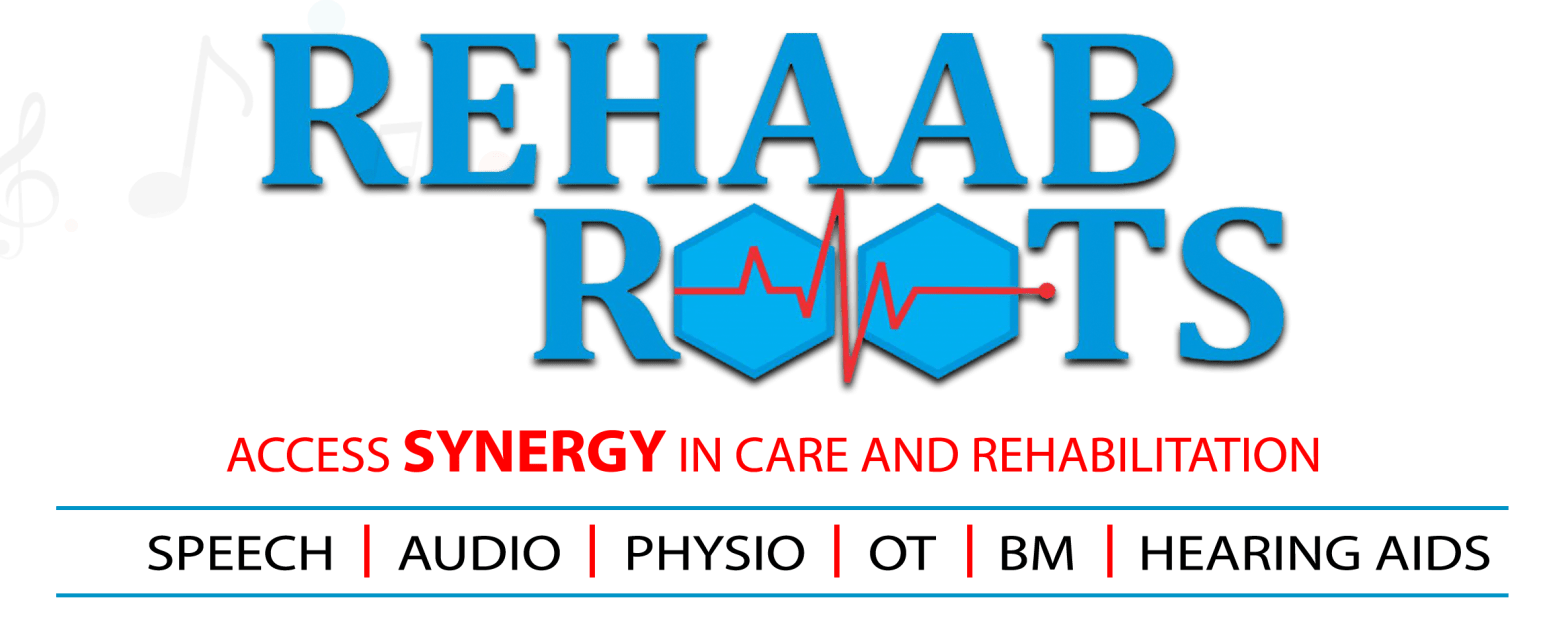What Are Childhood Speech Disorders?
If your child is having trouble forming words, speaking clearly, or putting sentences together, they may be showing signs of a childhood speech disorder. These disorders affect how children produce, process, and use language.
Early identification of childhood speech disorders plays a critical role in your child’s communication, confidence, and overall development. While each child learns at their own pace, noticeable speech delays should never be ignored.
Types of Childhood Speech Disorders Parents Should Know
Speech disorders in children are not all the same. Here are the most common childhood speech disorders seen in clinical settings:
Articulation Disorder
Articulation disorder involves difficulty making specific sounds. Children may replace, omit, or distort sounds. For example, saying “wed” instead of “red.”
Search queries include:
- “Why can’t my child say certain letters?”
- “Child speech sound issues”
Treatment includes:
- Repetitive sound practice
- Muscle coordination drills
- Phoneme awareness exercises
Stuttering in Children (Fluency Disorder)
Stuttering is a fluency issue where children repeat sounds, prolong words, or block mid-sentence. It’s one of the most well-known childhood speech disorders.
Common signs:
- “B-b-b-ball” or long pauses
- Visible struggle to speak
- Avoiding specific words
Treatment:
- Fluency-shaping techniques
- Breathing and rhythm exercises
- Parental coaching methods
Language Delay
Language delay affects vocabulary growth, understanding, and sentence structure, not just pronunciation.
Watch for:
- Not speaking by 2 years
- Short or incomplete sentences
- Difficulty following directions
Treatment includes:
- Storytelling-based therapy
- Interactive speech games
- Parent-involved learning
Apraxia of Speech
This motor planning disorder affects the brain’s ability to coordinate mouth movements needed for speech, even though the muscles are functioning.
Symptoms include:
- Inconsistent sound errors
- Difficulty saying long words
- Good comprehension but limited speech
Treatment involves:
- Sound sequencing therapy
- Visual-motor prompts
- High-frequency repetition
Voice Disorders
Voice disorders involve pitch, tone, or volume abnormalities. Kids may sound raspy, nasal, or too soft/loud.
Common search phrases:
- “Why is my child’s voice hoarse?”
- “Voice therapy for kids”
Treatment options:
- Voice hygiene training
- Breathing exercises
- Reduced vocal strain techniques
How to Identify Signs of Childhood Speech Disorders Early
Most childhood speech disorders begin showing signs between 18 months and 5 years. Here are some red flags to watch for:
- No babbling or first words by 18 months
- Not combining words by age 2.5
- Incomplete or unclear sentences at age 3+
- Speech only family members can understand
- Avoidance of speaking or visible frustration
Why Early Speech Therapy Is Crucial for Childhood Speech Disorders
Early therapy for childhood speech disorders improves language development, emotional health, academic performance, and social confidence. It’s much easier to correct patterns before they become deeply rooted habits.
At Rehaab Roots, we specialize in early intervention speech therapy, helping children meet communication milestones with customized treatment plans.
What to Expect from Speech Therapy at Rehaab Roots
When you consult Rehaab Roots, your child will receive:
- A personalized assessment by certified therapists
- Play-based and goal-driven sessions
- Parent-involved strategies for home
- Clear milestones and regular progress reviews
Whether your child is facing mild delays or complex childhood speech disorders, our team ensures therapy is engaging, effective, and encouraging.
When Should You See a Speech Therapist?
If you’re wondering whether it’s too early—or too late—to consult a therapist, consider these signs:
- No words or gestures by 18 months
- Speech delay despite normal hearing
- Difficulty making friends due to unclear speech
- Repeated frustration during speaking tasks
- Feedback from teachers or caregivers about communication struggles
It’s never too early to address childhood speech disorders. Waiting often leads to longer treatment durations later.
Conclusion: Help Your Child Overcome Childhood Speech Disorders
Speech difficulties can impact learning, confidence, and social development. But with early detection and the right therapy, your child can overcome even the most challenging childhood speech disorders.
Book a consultation with Rehaab Roots in Ameerpet, Hyderabad today. Let’s help your child express themselves with clarity, joy, and confidence—one word at a time.
Frequently Asked Questions (FAQs)
1. What are the early signs of childhood speech disorders?
Delayed babbling, speech that only close family can understand, and difficulty combining words into phrases by age 3 may signal childhood speech disorders. Avoidance of talking or repeating the same sound is also a common indicator.
2. Can childhood speech disorders go away on their own?
Mild delays sometimes resolve naturally, but more serious childhood speech disorders usually need structured therapy. Early intervention leads to better long-term outcomes.
3. At what age should I take my child to a speech therapist?
You can see a therapist as early as 18 months if delays are noticeable. Many professionals recommend starting therapy before age 3 for maximum impact.
4. Are childhood speech disorders related to intelligence?
No. Most children with childhood speech disorders have normal or above-average intelligence. The issue lies in communication, not cognitive ability.
5. How long does it take to treat childhood speech disorders?
This depends on the disorder’s type and severity. Some children improve in a few months, while others may need therapy for a year or more. Consistency and parent participation are key.
